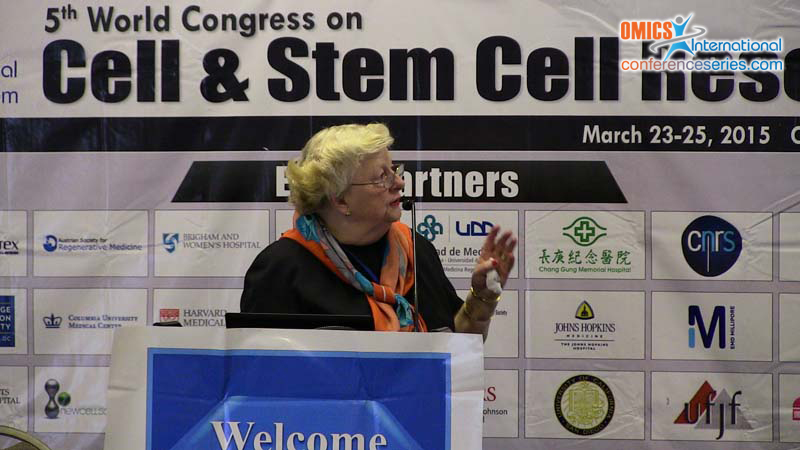
Gary Guishan Xiao
Director
Genomics and Functional Proteomics Laboratories
Creighton University
USA
Title: Regulation of miR-34a-SIRT1 axis reduced breast cancer stemness
Biography
Biography: Gary Guishan Xiao
Abstract
Introduction Recent studies showed that enforced expression of miR-34a resulted in elimination of cancer stem cells in many tumors, including prostate, pancreatic cancers. In this study, we aim to understand regulatory mechanism of miR-34a in breast cancer stem cells (BCSCs). Methods CD44+/CD24− breast cancer stem cells (BCSCs) were isolated from MCF-7 cell line. Total RNA and protein was extracted from BCSCs and xenograft tissues. Levels of miR-34a, Sirtuin1 (SIRT1), ALDH1, BMI1 and Nanog, were measured by using qRT-PCR and Western blot. Cell proliferation and differentiation were measured by assays of CCK-8, colony formation and mammosphere formation. Cell apoptosis was measured by flow cytometry. Four groups of mice (n=5), lentivirus-hsa-miR-34a, shRNA-SIRT1, lentivirus-hsa-NC, and shRNA-Control, were used for study on tumor formation and growth. Results Lower endogenous level of miR-34a and higher level of Sirtuin1 (SIRT1) gene in CD44+/CD24- BCSCs than in breast cancer cells was identified. Further study demonstrated that miR-34a directly targeted SIRT1 gene leading to reduced SIRT1 expression in the BCSCs. Either ectopic expression of miR-34a or silenced SIRT1 in MCF-7 cells inhibited cellular proliferation, and led to cell apoptosis. Overexpression of miR-34a also suppressed expression of ALDH1, BMI1 and Nanog, and decreased capacity of mammosphere formation of the BCSCs significantly, suggesting the reduced stemness of BCSCs. Studies in vivo showed that stable expression of miR-34a reduced tumor burden significantly in nude mice xenografts. Conclusion Our results sshowed that anti-synergetic regulation of miR-34a-SIRT1 axis affected proliferation, colony formation, and mammosphere formation in BCSCs, suggesting that miR-34a-SIRT1 axis may play an important role in self-renewal and stemness maintenance of BCSCs. This study may provide a novel BCSCs specific therapeutic strategy to improve breast cancer treatments.
Speaker Presentations
Speaker PPTs Click Here




